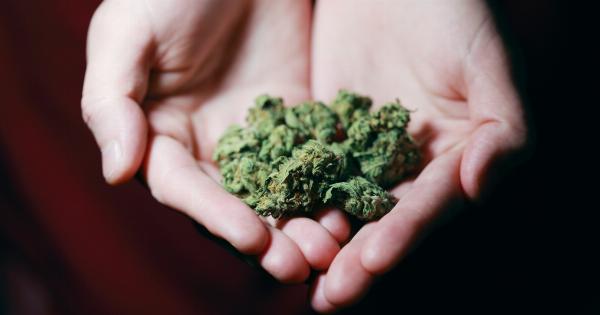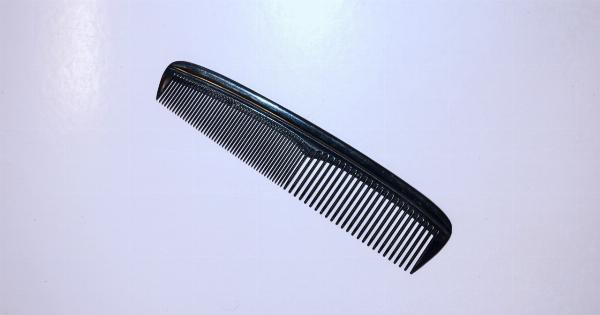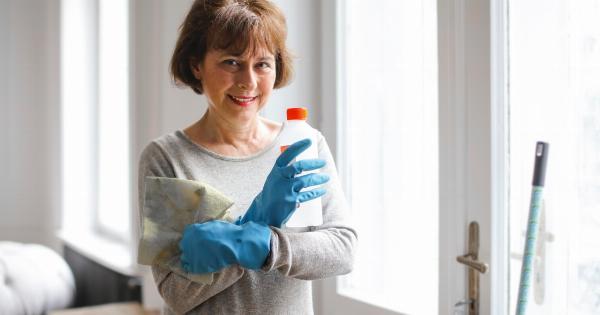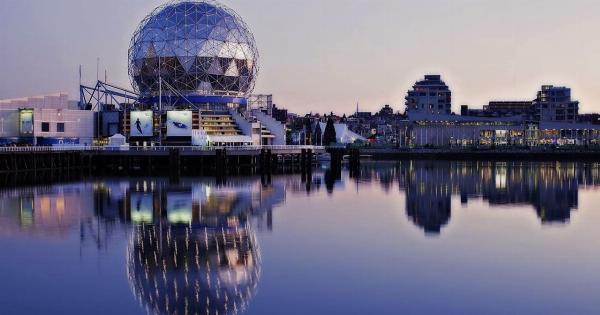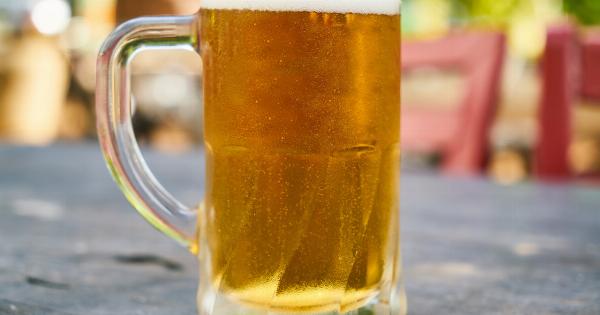Effervescent fluids are fascinating substances that are used for a wide range of purposes, from medicine to cleaning products. These fluids produce bubbles of gas, usually carbon dioxide, which gives them their characteristic fizzing effect.
Under the microscope, effervescent fluids reveal intricate patterns and structures that can help us understand how they work on a molecular level.
What are Effervescent Fluids?
Effervescence is a phenomenon that occurs when a gas is released from a liquid, forming bubbles. Effervescent fluids are chemical mixtures that contain substances that react with each other to produce gas.
One of the most common effervescents is sodium bicarbonate, which is commonly used in baking powder, antacids, and some cleaning products.
Effervescents work by releasing carbon dioxide gas when they come into contact with water or other liquids. This process is called acid-base reactions.
A typical effervescent tablet, for example, contains a mixture of sodium bicarbonate, citric acid, and flavorings. When the tablet is dropped into water, the citric acid and water react with the sodium bicarbonate, producing carbon dioxide gas that bubbles to the surface of the liquid.
The Chemistry of Effervescent Reactions
Effervescence is a chemical reaction that involves the transfer of electrons between different atoms or ions. In the case of effervescents, the reaction usually involves an acid and a base.
An acid is a substance that donates protons or hydrogen ions (H+) in a chemical reaction, while a base is a substance that accepts protons or hydroxide ions (OH-) in a chemical reaction.
In effervescence reactions, the acid and base react with each other to produce carbon dioxide gas and a salt. The salt is usually a harmless compound that dissolves in the water, while the carbon dioxide gas is what causes the fizzing effect.
The chemical formula for an effervescence reaction is usually given as:.
acid + base → salt + water + carbon dioxide gas.
The Microstructure of Effervescent Fluids
Effervescent fluids are fascinating substances to examine under a microscope. The microscopic structures and patterns that they exhibit can give us insights into how they work on a molecular level.
The following are some of the most interesting microstructures that can be observed in effervescent fluids:.
1. Crystalline Structures
Effervescent fluids often contain crystal structures that are visible under a microscope. These crystals are formed as a result of the chemical reaction between the acid and base.
The crystals can be of various shapes and sizes, depending on the composition of the effervescent fluid. Some of the most common crystals found in effervescent fluids are sodium bicarbonate crystals and citric acid crystals.
2. Bubble Nucleation Sites
Effervescence reactions occur when bubbles of gas are formed in the liquid. The bubbles are initiated at nucleation sites, which are small irregularities on the surface of the container, or impurities in the liquid.
Under a microscope, these nucleation sites can be clearly seen as small spots or lines that appear to be the origin of the bubbles.
3. Gas Bubble Microstructure
Effervescent fluids produce bubbles of gas that rise to the surface of the liquid. Under a microscope, these bubbles can be seen to have a complex microstructure. The bubbles are not uniform in size or shape and are often surrounded by a layer of liquid.
The surface of the bubbles can also be seen to be covered in small bubbles or “fingers” that give them a jagged appearance.
4. Agglomerates
Effervescent fluids can also form agglomerates, which are clusters of particles that are held together by intermolecular forces. The agglomerates can be seen as irregular masses or lumps under the microscope.
They are formed due to the interaction between the acid and base, which causes the particles to stick together.
Applications of Effervescent Fluids
Effervescent fluids have a wide range of applications due to their unique properties. Some of the most common applications of effervescent fluids are:.
1. Medicine
Effervescent tablets are a popular form of medication because they can be easily dissolved in water. This makes them particularly useful for people who have difficulty swallowing pills.
Effervescents are also used in some medical procedures to remove blockages in the body, such as kidney stones.
2. Cleaning Products
Effervescent cleaning products, such as denture cleaners and toilet bowl cleaners, use the fizzing effect of effervescence to agitate and dislodge dirt and grime.
The carbon dioxide gas produced by the effervescence helps to break down stains and other deposits.
3. Food and Beverages
Effervescents are used in many food and beverage products to add carbonation and fizziness. Carbonated drinks, such as soda and beer, are made by adding carbon dioxide gas to water.
Some effervescents, such as citric acid, are also used as preservatives and flavorings in the food industry.
Conclusion
Effervescent fluids are fascinating substances that exhibit complex microstructures and patterns when examined under a microscope.
The carbon dioxide gas produced by the effervescence reaction gives these fluids their characteristic fizzing effect, which is useful in a wide range of applications, from medicine to cleaning products. Studying the microstructure of effervescents can help us better understand how they work on a molecular level and improve their efficiency and effectiveness.











